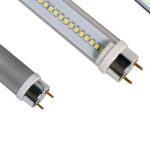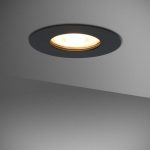LED Light Engines: Understanding the Basics and Advantages
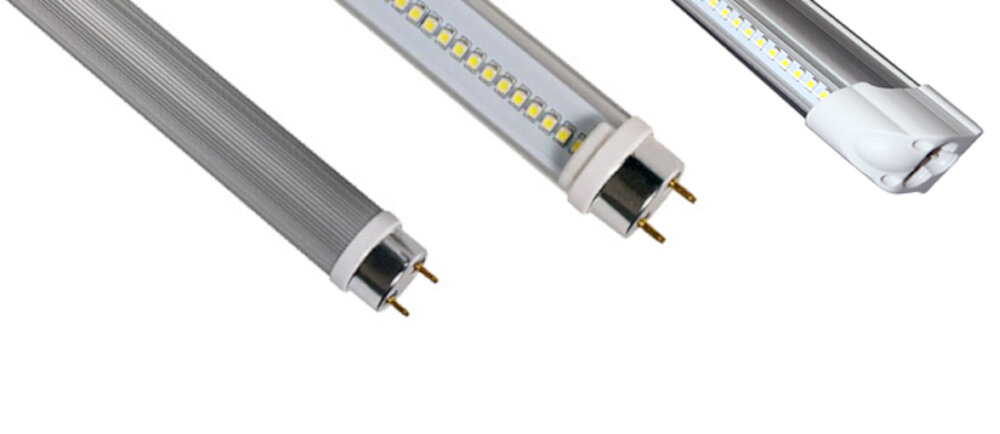
Light Emitting Diodes (LEDs) have taken the lighting industry by storm in recent years, and for good reason. With their energy efficiency, durability, and versatility, LEDs have become the go-to choice for various lighting applications. At the heart of this lighting innovation are LED light engines, which offer a range of benefits and advantages over traditional lighting options. Understanding the basics of LED light engines and their advantages can help you make informed decisions when selecting lighting options for your home or business. LED light engines are essentially a collection of LED chips arranged on a printed circuit board (PCB) that work together to produce light. They are highly customizable and can be designed to produce various color temperatures, light intensities, and angles. LED light engines are commonly used in a wide range of applications, including streetlights, automotive lighting, and indoor lighting fixtures. In this article, we will explore the basics of LED light engines, their advantages over traditional lighting options, and the various applications where they are commonly used.
LED light engines are the core components of LED lighting systems that are designed to provide high-quality, energy-efficient light output. They consist of an LED chip, a heat sink, optics, and a driver, all integrated into a single unit. The LED chip is the light source, and the heat sink helps dissipate heat generated by the LED, maintaining optimal performance and extending the lifespan of the light engine. Optics are used to control the direction and intensity of the light emitted, and the driver regulates the electrical current supplied to the LED. LED light engines play a crucial role in the success of LED lighting systems, providing consistent and reliable illumination while reducing energy consumption and maintenance costs. They are widely used in various applications, including commercial, industrial, residential, and outdoor lighting, and offer several advantages over traditional lighting sources, such as longer lifespan, lower energy consumption, and better color rendering.
What are LED light engines?

LED light engines refer to a combination of LED chips, optics, and thermal management systems that serve as the core components of LED lighting systems. These are designed to produce high-quality, energy-efficient lighting that can be used in a wide range of applications. LED light engines come in various shapes and sizes, and they can be customized to meet specific illumination requirements. They are suitable for use in a variety of applications, including commercial, industrial, and residential lighting. LED light engines have several advantages over traditional lighting systems, including longer lifespan, lower energy consumption, and higher efficiency. One of the most significant benefits of LED light engines is their energy efficiency. These lighting systems consume significantly less energy than traditional lighting systems, resulting in lower electricity costs and reduced environmental impact. Additionally, LED light engines are designed to last longer than traditional lighting systems, which helps to reduce the frequency of maintenance and replacement. LED light engines are also highly versatile, and they can be customized to meet specific lighting requirements. This makes them ideal for use in a variety of applications, including architectural lighting, street lighting, and industrial lighting. Overall, LED light engines are a cost-effective and efficient lighting solution that offers several advantages over traditional lighting systems.
LED light engines are devices that use light-emitting diodes (LEDs) to produce light. They are a complete system that includes the LEDs, driver circuits, optics, and thermal management components. LED light engines are designed to be easily integrated into lighting fixtures, making them a popular choice for indoor and outdoor lighting applications. The advantages of LED light engines include energy efficiency, long life, durability, and versatility. They are also highly customizable, allowing for the creation of unique lighting designs. LED light engines are becoming increasingly popular in the lighting industry, as they offer a cost-effective and environmentally-friendly alternative to traditional lighting technologies.
LED light engines are composed of several components that work together to produce high-quality lighting. At the heart of a light engine is an LED chip, which is responsible for emitting light. The chip is mounted on a substrate, which provides support and helps to dissipate heat. The substrate is then coated with a phosphor layer, which converts the blue light emitted by the LED into a more desirable color. The entire assembly is enclosed in a lens or cover, which helps to focus the light and protect the components from damage. The structure of a light engine can vary depending on the application, but most are compact and easy to install. One of the advantages of LED light engines is their flexibility, as they can be customized to meet the specific needs of any lighting project.
LED light engines are the heart of any LED lighting system, and they come in different types depending on their design and functionality. First, there are single-color LED light engines that emit only one color of light, such as red, green, or blue. Second, there are multi-color LED light engines that can produce a wide range of colors by combining different colored LEDs. Third, there are tunable white LED light engines that can adjust the color temperature of the light output from warm white to cool white. Fourth, there are RGBW LED light engines that combine red, green, blue, and white LEDs to provide a high-quality full-color spectrum. Lastly, there are smart LED light engines that can be controlled wirelessly through a mobile app, allowing users to adjust the color, brightness, and timing of their lighting system. Each type of LED light engine has its own advantages and can be used for different applications, from residential and commercial lighting to automotive and industrial lighting.
Advantages of LED light engines
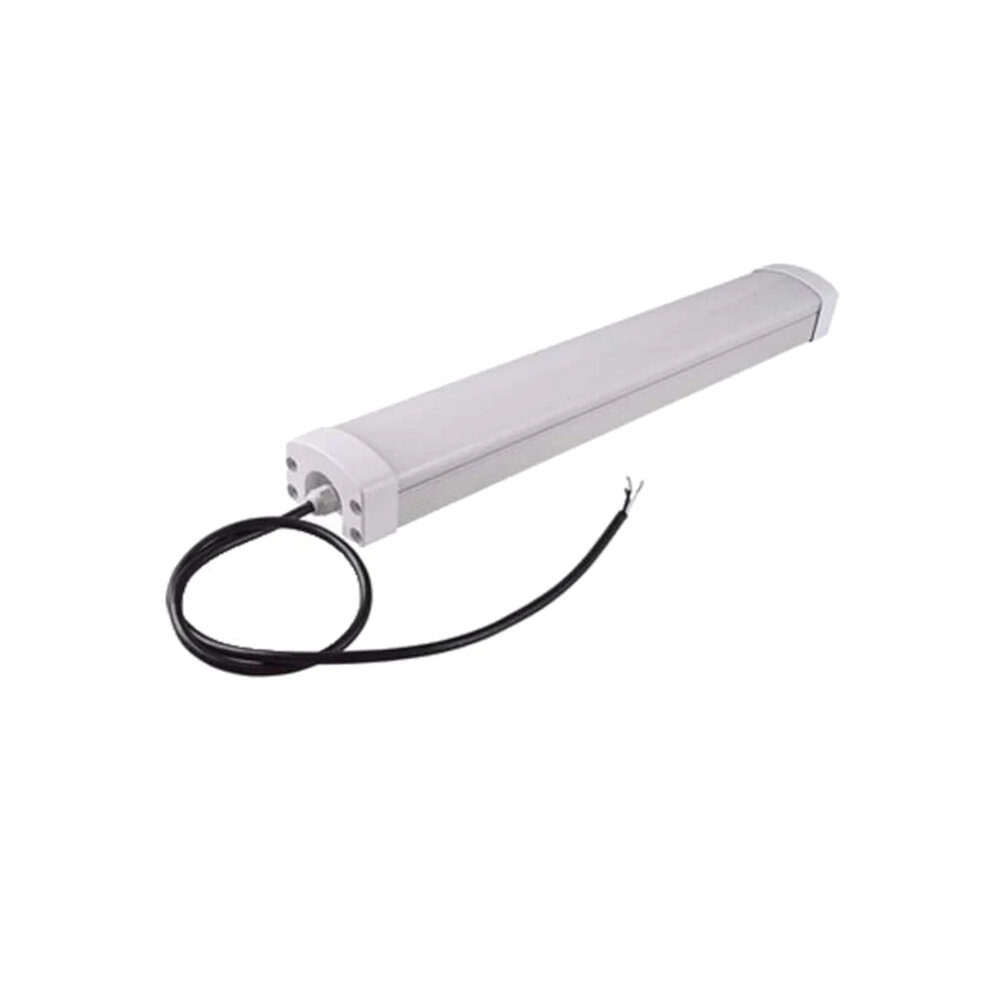
LED light engines have emerged as a popular choice for lighting applications due to their numerous advantages. One of the most significant benefits of LED light engines is their energy efficiency. They consume significantly less energy than traditional lighting sources, such as incandescent bulbs, resulting in lower electricity bills and reduced carbon emissions. Additionally, LED light engines have a longer lifespan than conventional bulbs, reducing the need for frequent replacements and associated maintenance costs. The extended lifespan also contributes to lower waste and environmental impact, making them a sustainable choice. LED light engines are also more durable than traditional bulbs, as they are less prone to breakage and can withstand vibration and shock, making them ideal for use in industrial and outdoor applications. Another advantage of LED light engines is their versatility. They come in a variety of shapes, sizes, and colors, making them suitable for a wide range of lighting applications. They can be used to create ambiance and mood lighting, as well as functional lighting for specific tasks such as reading or working. LED light engines can also be programmed to change color and intensity, allowing for dynamic lighting effects that can enhance the aesthetics of a space. Additionally, LED light engines emit less heat than traditional lighting sources, reducing the risk of fire and making them safer for use in enclosed spaces. Overall, the numerous advantages of LED light engines make them an excellent choice for lighting applications in homes, businesses, and public spaces.
Energy efficiency is a critical factor in today’s world where environmental concerns and energy costs are increasingly pressing issues. LED light engines are an excellent example of energy-efficient technology that is rapidly gaining popularity in the lighting industry. The LED technology is designed to use far less energy than traditional lighting sources while also providing superior light quality and longevity. This makes LED light engines an ideal choice for a range of lighting applications, from commercial and industrial to residential. By reducing energy consumption and costs, LED light engines can help individuals and businesses alike to reduce their carbon footprint and contribute to a greener, more sustainable future.
Durability and longevity are two of the most significant advantages of LED light engines. Unlike traditional light sources such as incandescent bulbs or fluorescent lamps, LED light engines are designed to last much longer. The average lifespan of an LED light engine is around 50,000 hours, which is significantly longer than traditional light sources. This longevity is due to the fact that LED light engines do not have filaments or other components that can wear out or break over time. Additionally, LED light engines are highly durable and can withstand shocks, vibrations, and extreme temperatures without being damaged. As a result, LED light engines are an excellent investment for anyone looking for a long-lasting, reliable lighting solution that will save them money on energy costs and maintenance in the long run.
One of the most significant advantages of LED light engines is their low maintenance requirements. Unlike traditional lighting systems that require frequent bulb replacements and cleaning, LED light engines can operate for extended periods without any maintenance. This is because LED technology is incredibly durable and long-lasting, with bulbs capable of lasting up to 50,000 hours. Additionally, LED light engines are highly efficient, generating less heat than traditional lighting systems, which reduces the need for cooling and ventilation. This makes LED light engines an excellent choice for applications where maintenance is difficult or costly, such as in high-ceilinged buildings or outdoor lighting fixtures. Overall, the low maintenance requirements of LED light engines make them a cost-effective and convenient lighting solution for a wide range of applications.
Design flexibility is one of the most significant advantages of LED light engines. These engines are available in a wide range of sizes and shapes, making them ideal for use in a variety of lighting applications. They can be easily integrated into existing lighting systems, allowing for easy retrofitting of older lighting technologies. Additionally, LED light engines can be configured to produce a broad range of colors and color temperatures, making them ideal for use in applications where color accuracy is critical. The flexibility of LED light engines also allows for the creation of custom lighting solutions that can be tailored to the specific needs of a given application. Overall, the design flexibility of LED light engines makes them an excellent choice for a wide range of lighting applications.
Applications of LED light engines

LED light engines are gaining popularity due to their energy-efficient and long-lasting characteristics. These engines are used in various applications such as residential lighting, industrial lighting, commercial lighting, automotive lighting, and horticulture lighting. In residential lighting, LED light engines are used in ceiling lights, recessed lights, and wall-mounted fixtures. They provide ample lighting while consuming less energy, which results in lower electricity bills. Moreover, LED light engines have a longer lifespan than traditional incandescent bulbs, reducing maintenance costs. In industrial lighting, LED light engines are used in warehouses, factories, and outdoor spaces. These engines are ideal for industrial lighting due to their high brightness and durability. They can withstand harsh environments and extreme temperatures, making them a reliable choice for industrial lighting. In addition, LED light engines have a high color rendering index (CRI), which means they can produce light that is similar to natural daylight. This feature makes them ideal for detailed work and quality control in industrial settings. Overall, the applications of LED light engines are vast, and their advantages make them an attractive option for various lighting needs.
Indoor and outdoor lighting play a crucial role in creating a comfortable and inviting atmosphere in any space. LED light engines offer a variety of advantages over traditional lighting solutions, including improved energy efficiency, longer lifespan, and greater flexibility in terms of design and customization. Indoor LED lighting can be used to enhance the ambiance of a room, highlight specific features or artwork, and provide task lighting for activities such as reading or cooking. Outdoor LED lighting can be used to illuminate pathways, enhance the security of a property, and create a welcoming environment for guests. By utilizing LED light engines, homeowners and businesses can enjoy the benefits of high-quality lighting while reducing their environmental impact and energy costs.
Automotive lighting is an essential component of any vehicle, ensuring visibility and safety on the road. With the advent of LED light engines, automotive lighting has undergone a significant transformation. LED light engines offer several advantages over traditional lighting technologies, including improved energy efficiency, longer lifespan, and better color rendering. Additionally, LED light engines provide designers with greater flexibility in terms of form factor and design aesthetics. As a result, LED light engines are becoming increasingly popular in the automotive industry, with many manufacturers incorporating them into their latest models.
Medical lighting plays an essential role in healthcare settings, providing accurate illumination for visual examinations, surgeries, and procedures. LED light engines have revolutionized medical lighting by offering many benefits over traditional light sources. They produce bright, uniform light with high color rendering index, allowing physicians to see details clearly and accurately. LED light engines also have longer lifespans, lower energy consumption, and emit less heat, reducing the risk of burns and improving patient comfort. With adjustable color temperatures and dimming capabilities, LED light engines can create a comfortable and efficient environment for medical professionals to work in. Overall, LED light engines are an excellent choice for medical lighting, providing high-quality illumination while reducing costs and improving patient outcomes.
Factors to consider when choosing LED light engines
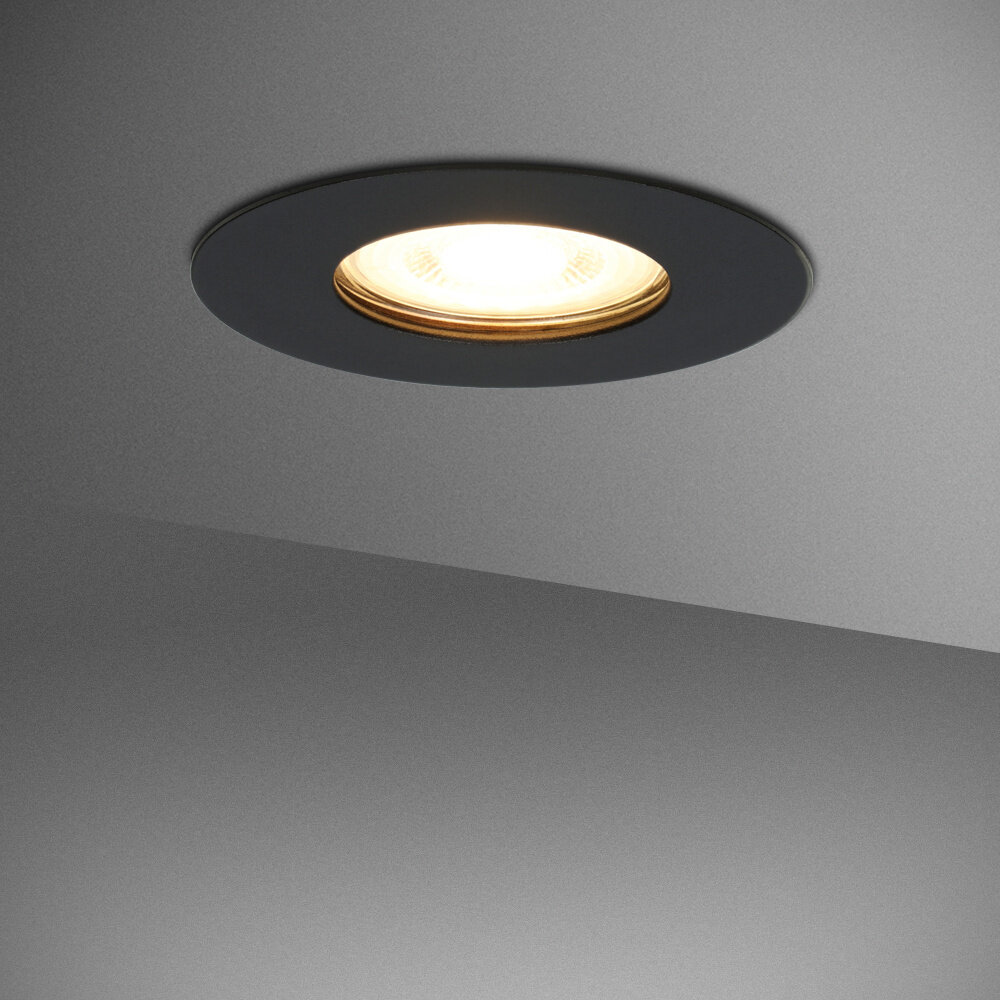
When choosing an LED light engine, there are several factors to consider to ensure that the lighting system meets your specific needs. First and foremost, it’s important to consider the intended application of the LED light engine. Different applications require different types of light output, color temperature, and brightness. For example, if you’re using an LED light engine for indoor lighting, you may want a warmer color temperature that mimics natural sunlight. Alternatively, if you’re using an LED light engine for outdoor lighting, you may want a cooler color temperature to provide a brighter, more vibrant light. Another important factor to consider when choosing an LED light engine is the level of efficiency and efficacy. The efficacy of an LED light engine refers to how much light it produces compared to the amount of energy it consumes. A more efficient light engine will produce more light using less energy, which can help you save money on your energy bills over time. Additionally, it’s important to consider the expected lifespan of the LED light engine. A longer lifespan means less frequent replacements, which can save you money and reduce your environmental impact. By considering these factors and more, you can choose an LED light engine that meets your needs and provides the best possible performance and results.
Color temperature is a crucial aspect to consider when selecting LED light engines. It refers to the color of light emitted by the LED light engine, which is measured in Kelvin (K). A lower Kelvin value indicates a warmer, yellowish light, while a higher Kelvin value indicates a cooler, bluish light. The color temperature of the LED light engines can significantly impact the mood and atmosphere of a space. For instance, a warm light with a color temperature of 2700K to 3000K is ideal for creating a cozy and intimate ambiance, while a cool light with a color temperature of 5000K to 6500K is perfect for workspaces and areas that require bright and crisp lighting. Therefore, understanding the basics of color temperature is crucial when selecting LED light engines to ensure the desired lighting effect and mood is achieved.
Color rendering index or CRI is a measure of a light source’s ability to accurately reproduce the colors of objects as they would appear under natural sunlight. A high CRI means that the colors of objects illuminated by the light source will appear very similar to how they would appear under natural sunlight. The CRI scale ranges from 0 to 100, with a CRI of 100 being the maximum possible rating. LED light engines have the advantage of being able to achieve high CRI ratings, making them ideal for use in environments where color accuracy is important, such as in art galleries, retail spaces, and healthcare facilities. A high CRI can also improve the quality of life for individuals with visual impairments, as it allows them to see colors more accurately.
Lumen output is a crucial factor to consider when selecting an LED light engine. It refers to the amount of visible light emitted by the light source and is measured in lumens. The higher the lumen output, the brighter the light. LED light engines have a high lumen output compared to traditional lighting sources, making them an ideal choice for a range of applications. Moreover, the lumen output can be easily adjusted by changing the current supplied to the LEDs, allowing for greater flexibility in lighting design. With their superior lumen output, efficiency, and longevity, LED light engines are a game-changer in the lighting industry.
Cost is an important factor to consider when purchasing LED light engines. While LED lights may have a higher upfront cost compared to traditional lighting options, their energy efficiency and longer lifespan make them a cost-effective investment in the long run. Additionally, LED light engines can be customized to fit specific lighting needs, which can further increase their cost-effectiveness by reducing energy waste. It’s important to consider not only the initial cost but also the long-term savings when deciding on LED light engines.
LED light engines are rapidly becoming the preferred choice for modern lighting solutions due to their many advantages over traditional lighting technologies. LED light engines are highly energy-efficient, which means they can save up to 80% more energy than traditional lighting systems. They are also highly durable and have a longer lifespan, which reduces maintenance costs and improves reliability. In addition, LED light engines are highly versatile, allowing for customization to meet specific lighting requirements. They also offer superior color rendering, glare control, and dimming capabilities, making them ideal for a wide range of applications, including commercial, residential, and industrial lighting. Overall, LED light engines provide a safer, more efficient, and more sustainable lighting solution that is quickly becoming the standard for modern lighting design.
The use of LED light engines has become increasingly popular across various industries and applications, thanks to their numerous advantages over traditional lighting solutions. LED light engines offer unparalleled energy efficiency, with lower power consumption and longer lifetimes than conventional lighting systems. Additionally, LED light engines emit less heat, making them safer and more comfortable to use in both indoor and outdoor environments. LED light engines are also highly versatile, offering a range of color temperatures and brightness levels, making them suitable for a wide range of applications. Encouraging the use of LED light engines can help businesses save money on energy costs while also reducing their environmental impact, making them a sustainable and cost-effective lighting solution for the future.
Conclusion

In conclusion, LED light engines are a revolutionary technology that has transformed the lighting industry. They offer numerous advantages over traditional lighting systems, including energy efficiency, long lifespan, low maintenance, and flexibility in design. LED light engines are also environmentally friendly, as they do not contain harmful chemicals and emit less heat. Understanding the basics of LED light engines is crucial in determining the appropriate lighting solution for your needs. With the rapid advancement of LED technology, we can expect to see even more innovative and efficient LED light engines in the future, further enhancing the benefits of this lighting solution. Ultimately, by embracing LED light engines, we can create a brighter, more sustainable, and cost-effective future for all.



